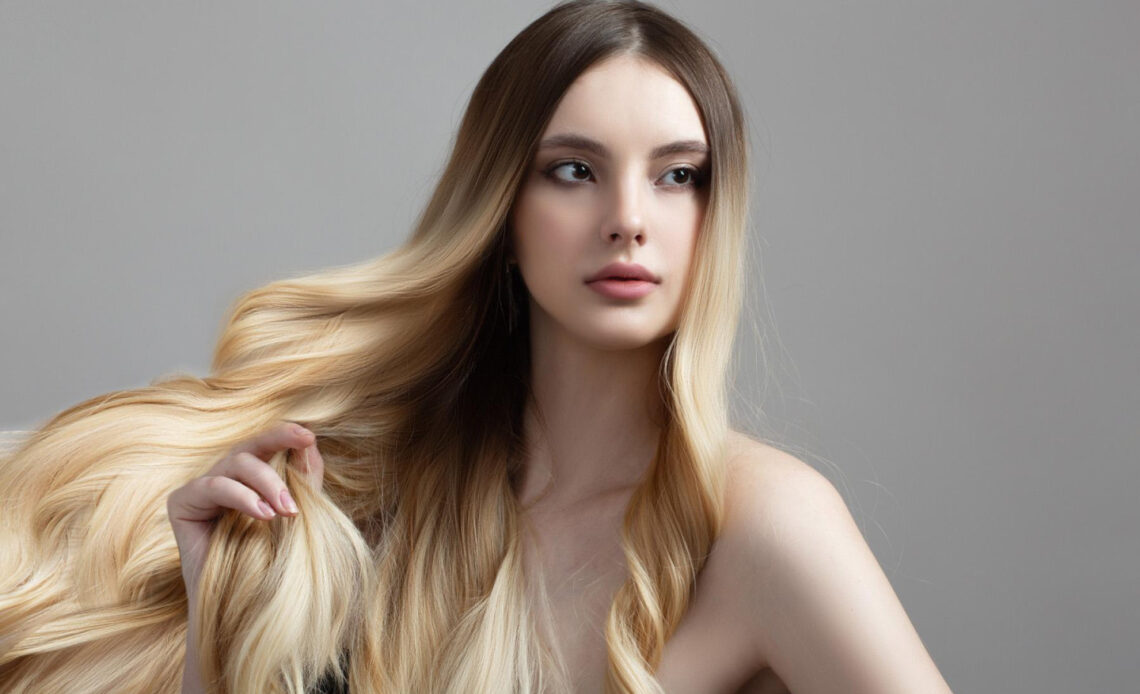
Ombre lightening is probably one of the most unpretentious in care. After all, only part of the strands is lightened, mainly the lower one. In addition, it is possible that this is a rare case when the growing roots do not harm the image, but, on the contrary, create the appearance of naturally sun-bleached tips. The peak of fashion for ombre was almost 20 years ago. But even today this coloring looks relevant.
- What is this
- Kinds
- Who is it suitable for?
- For different lengths
- By hair color
- How to make it yourself
- Care
- Will it be fashionable?
Lyubov Minakova, art director of White Fox beauty centers;
Konstantin Degtyarev, owner of the Moscow chain of modern hair curling salons for women and men, “Kudri House”.
What is ombre
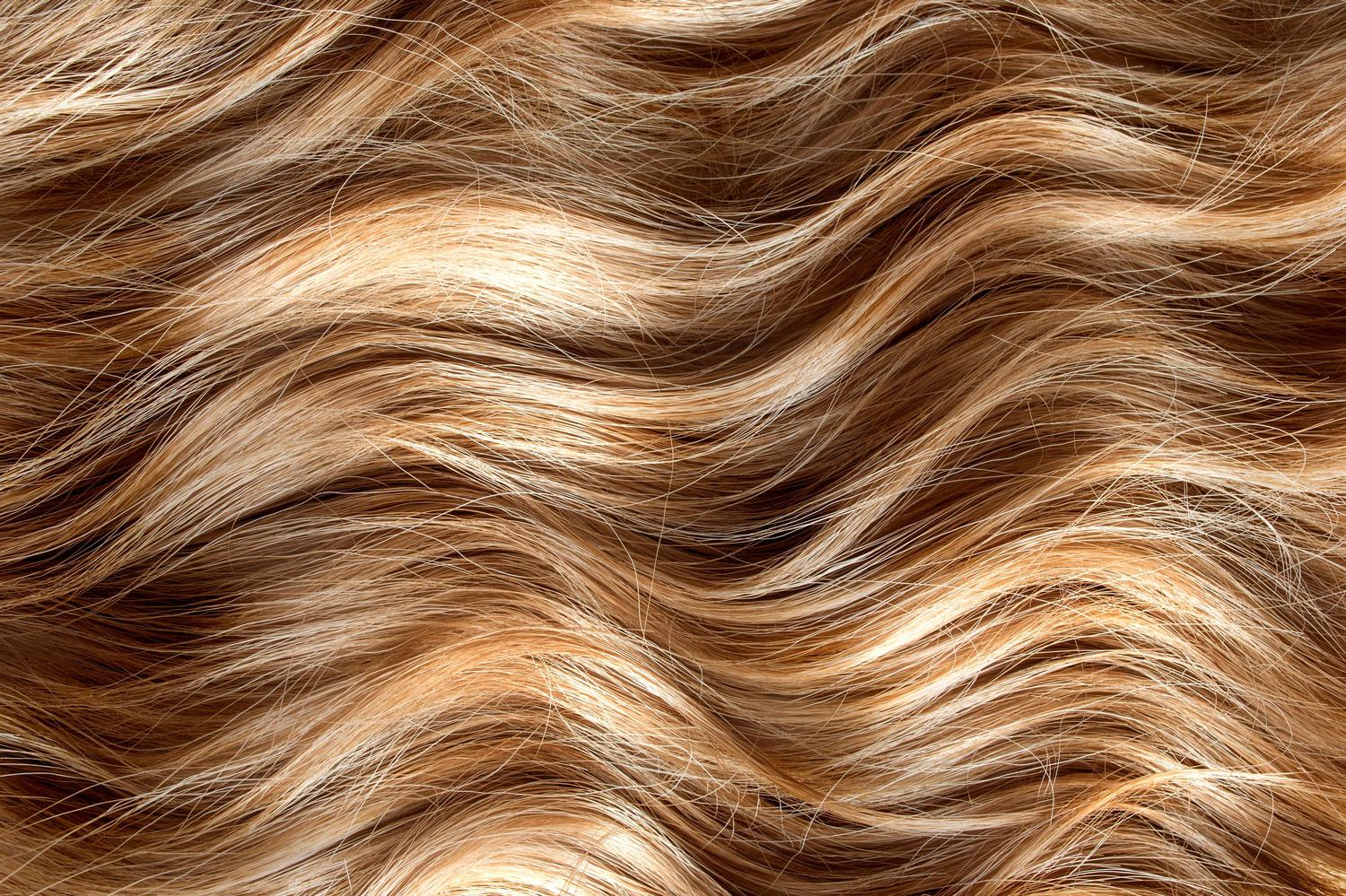
Ombre is one of the hair lightening effects, which creates a transition from darker roots to lighter ends. The border between the two shades can be clear and contrasting or smooth and blurred, but it is always a horizontal transition. The latter is one of the key differences between ombre and other similar techniques.
Almost any shade can be used in ombre, from red to black. However, one of the most popular combinations – transition from brunette to blonde.
From French the word ombres translates as “shading”. The technique has been used for centuries, mainly in weaving when dyeing fabrics (1). It is difficult to say who exactly adapted ombre for hair and when. This effect burst into the world of high fashion in the 2010s. Britney Spears, Beyoncé, Drew Barrymore and Jared Leto wore ombre.
It is curious that the huge popularity of ombre 20 years ago is sometimes associated with the global economic crisis. (2) The idea is that the wave of financial turmoil has created a demand for cost-effective beauty trends. Ombre hair allows you to create a striking look that does not require frequent touch-ups and expensive maintenance. It was and remains economically practical and stylish at the same time.

What is the difference between ombre, shatush and balayage?
Ombre, shatush and balayage are three hair lightening techniques, but there are fundamental differences between them. In any ombre, there is always a clear transition from dark to light approximately in the middle of the hair length, and in shatush and balayage coloring, this boundary is practically absent.
- What is the difference between shatush and ombre? Shatush is the coloring of individual strands or the creation of so-called highlights. The master applies them along the entire length, but individual strands should not stand out from the general mass, there is no transition border.
- What is the difference between balayage and ombre? Balayage is a highlighting technique where the stylist applies lightener or dye to just the top strands of hair. This creates a soft, natural, sun-kissed look that blends with your natural hair color.
Types of coloring
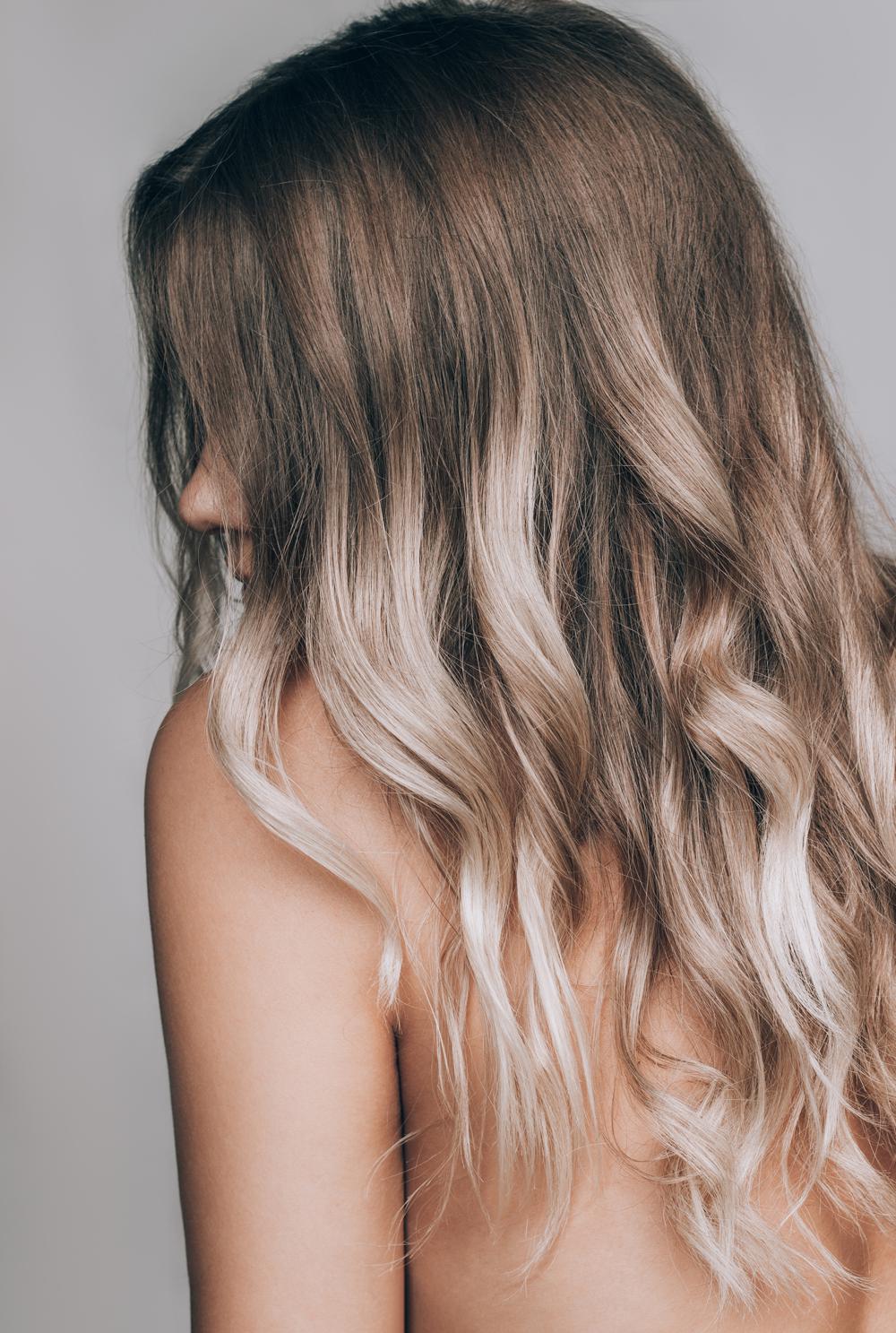
The basic formula of ombre: dark roots (you can leave your natural shade or do tinting) and ends lightened to a suitable tone. In some variations, there is a “stretching” of color between them, that is, a smooth and gradual increase in brightness towards the ends.
Types of ombre coloring (3):
- Classic. It is based on the transition from dark roots to light tips, creating the effect of sun-bleached hair. According to Lyubov Minakova, platinum, silver, pearl shades are perfect for blondes.
- The opposite. The roots of the hair are lightened, and the ends are dyed in dark shades. “This coloring looks good on those with light hair. If you have naturally dark hair, I would not recommend the reverse ombre,” advises Minakova.
- Flamboise. This is a mix of several types of lightening and coloring. It combines traditional ombre, balayage and highlighting with foil.
- Colored. Suitable for girls who are afraid to completely dye their hair a bright color. The combinations can be anything, for example, white roots and light pink tips.
- Sombre. The transition from dark roots to light tips in this coloring is more blurred and natural, says Lyubov Minakova. The specialist's task is to “stretch” the color from roots to tips to avoid sharp transitions.
Who is ombre coloring suitable for?
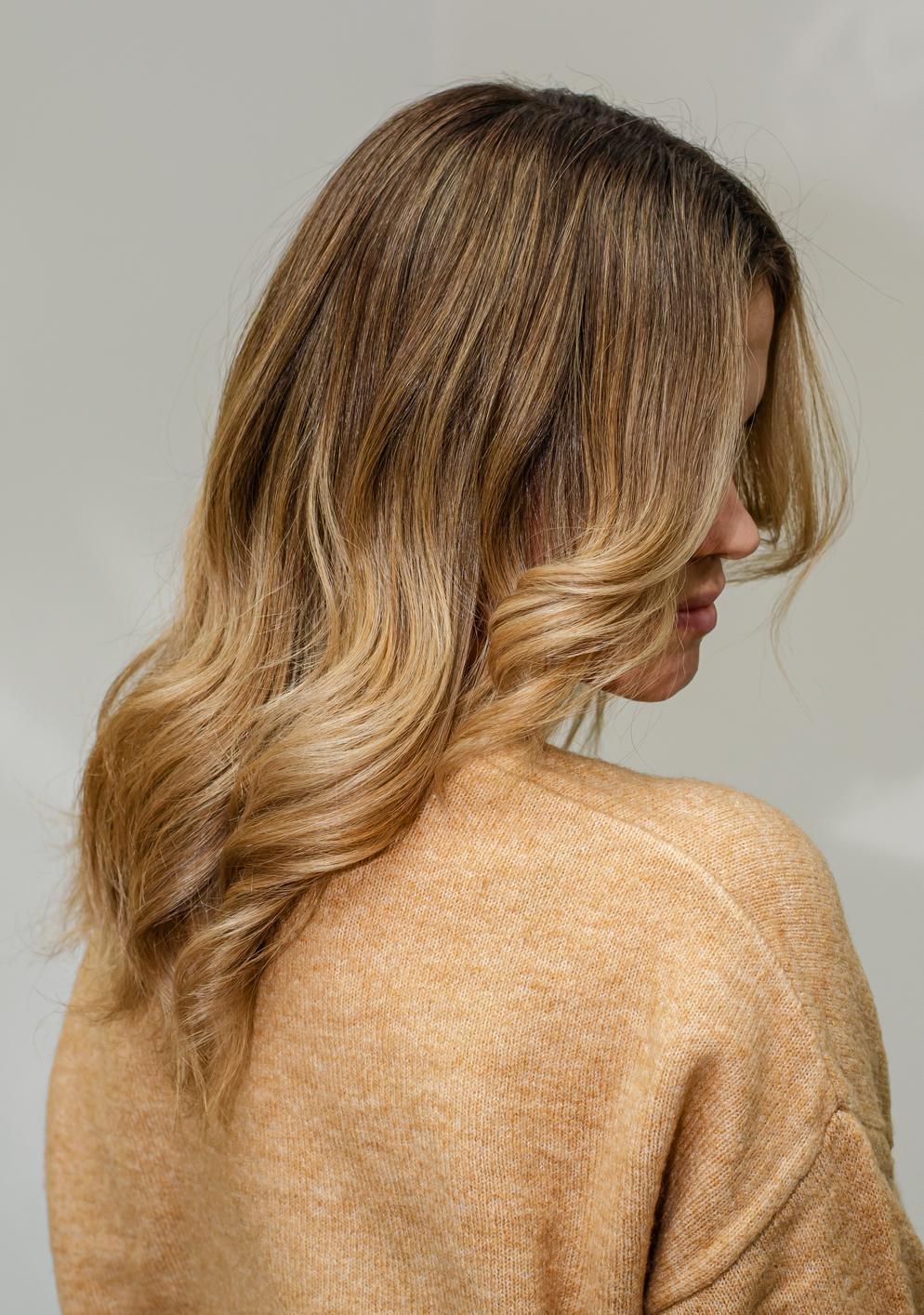
Ombre coloring suits almost everyone and looks good on many haircuts, from bob to long. There are practically no restrictions on the structure and type of hair. It can be either straight strands or curly along the entire length or only at the ends. In addition, ombre is ideal for those who can’t decide whether to be a blonde or a brunette.
Skin tone is also taken into account. Lighter colors like platinum, silver, and beige blonde work well with pale skin. Deeper shades like cherry red and espresso brown work well with neutral and darker skin tones. (4).
Another reason to try ombre is the look of hairstyles in multiple colors. If the two shades you choose complement each other well, the ombre effect will add volume to your haircut or style.

Ombre with different hair lengths
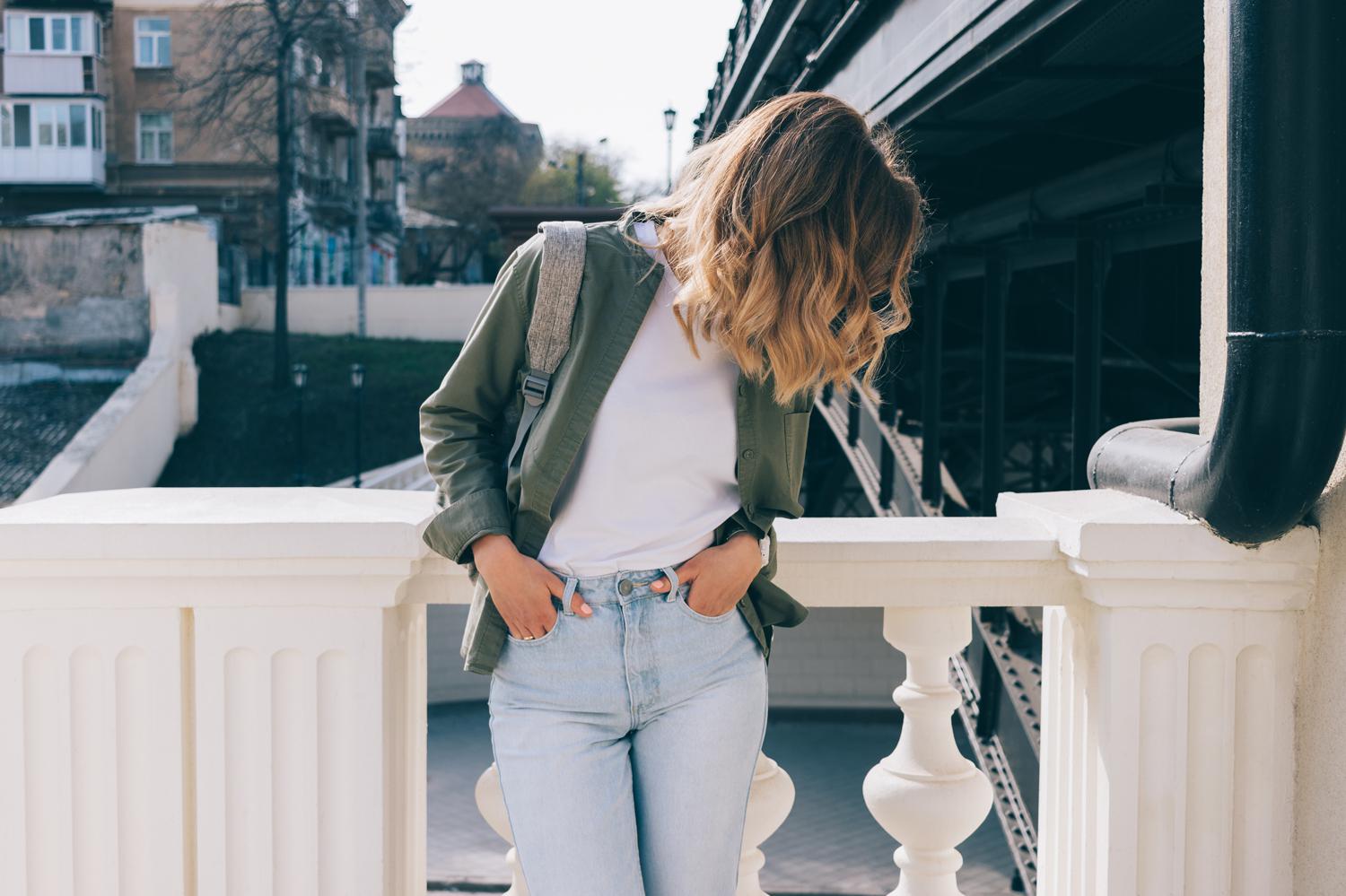
Ombre is especially successful on long hair, but even owners of a bob haircut can try it. On ultra-short hair, it is almost impossible to create a transition effect. Here is how ombre can look on different hair lengths:
Long hair
Long hair seems to be made for ombre. On strands below the shoulders, the hairdresser will be able to create the smoothest transition from dark roots to light ends (for brunettes). The effect refreshes light brown and blonde hair no less advantageously. You can wear ombre below the shoulders in different ways. Straightened strands or curled at the bottom – everything will be appropriate. In addition, Konstantin Degtyarev points out that ombre on long hair adds depth and volume.
Medium hair
On medium length hair, ombre looks just as advantageous, adding visual volume and texture, making hair more lively and dynamic, says Degtyarev. Owners of bob and all sorts of cascades, Shaggy can try this effect. But it is worth remembering that many haircuts for medium hair require quite frequent correction. After all, even a bob that has grown a millimeter causes a lot of trouble with styling. This means that every time you remove excess hair on medium length, you will lose color. Ultimately, the color proportion may be disrupted for the worse.
Short hair
Of course, it is impossible to achieve the same effect on short hair as on long hair. But there are examples when even on such haircuts, hairdressers perform this transition. By the way, it is the owners of short haircuts, like pixie or its elongated version, can safely experiment, for example, with reverse ombre.
Ombre by hair color
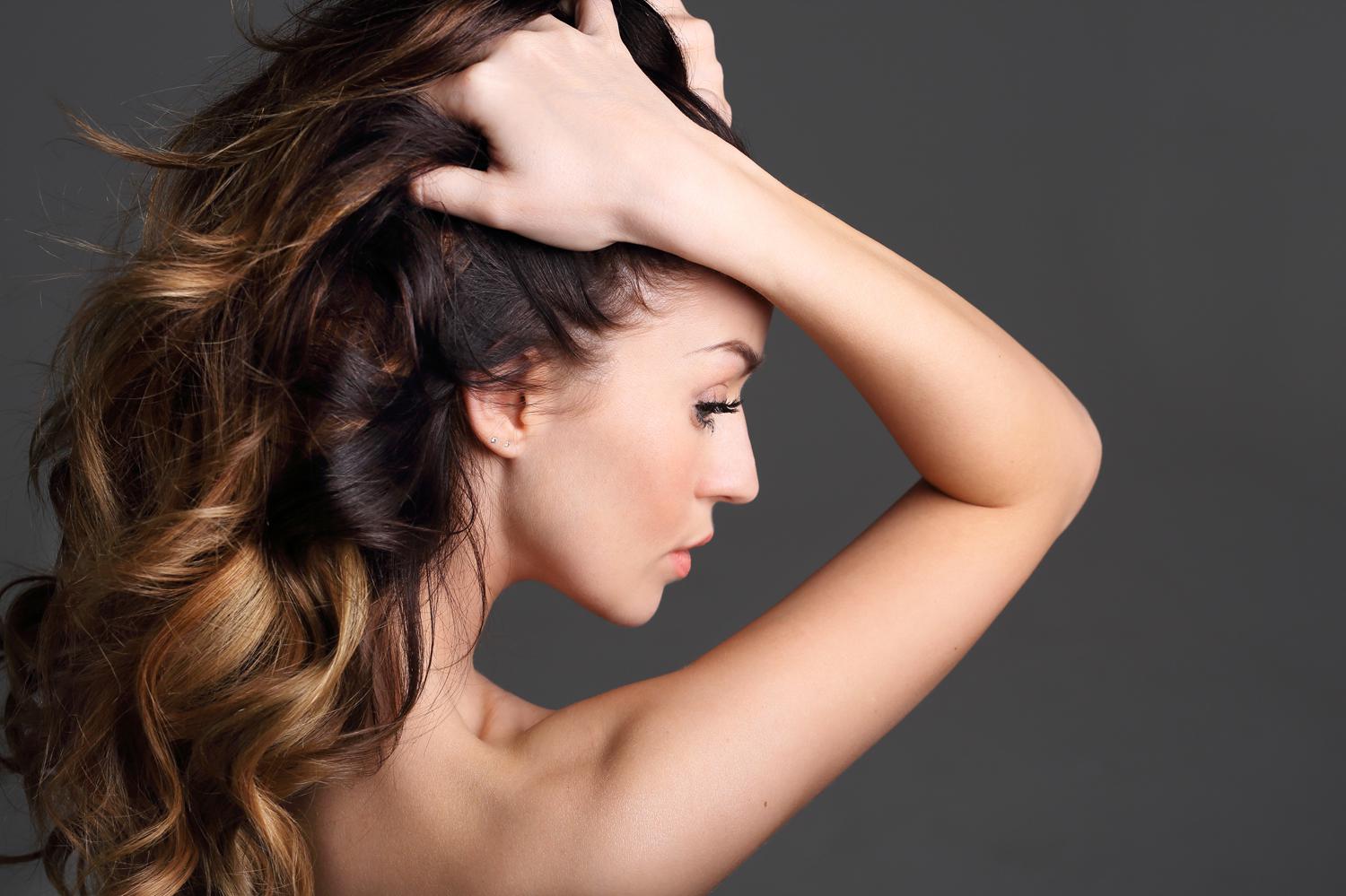
When choosing a color for ombre, the color type and the original shade of the hair are taken into account – this is the most important nuance, says Lyubov Minakova. In the case of dark hair, they look at what it is: neutral, cold or warm. Then they choose the most suitable option for toning.
Dark hair
Ombre always looks good on dark hair, from dark blond to black. Most often, the gradient is done in light brown, golden chestnut, caramel and ash tones. Bolder images are separate – with a purple, red or pink transition. The main rule of ombre on dark hair: the lightening should be no more than three levels lighter than the roots (5).
Blonde hair
The undoubted advantage of blondes is that they don't need…
